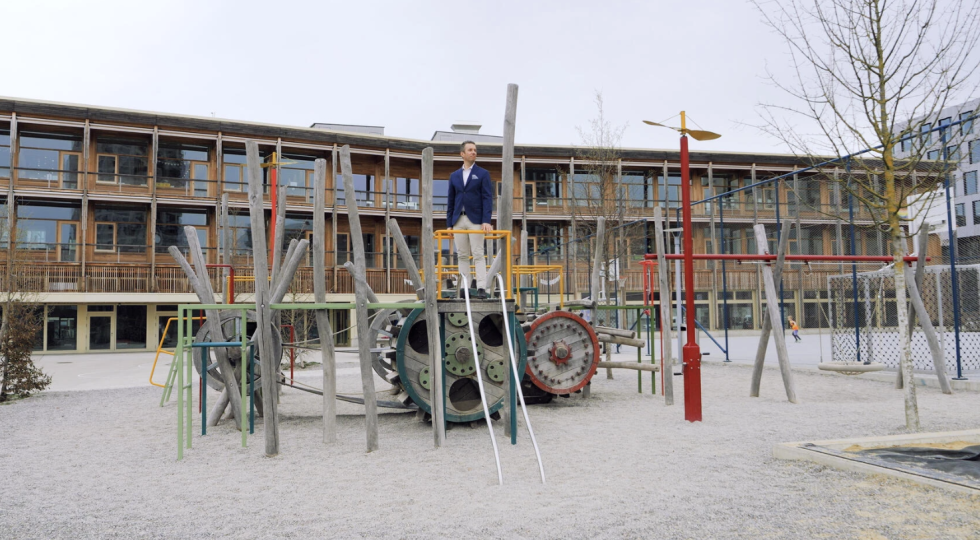Cement recycling can significantly reduce CO2 emissions
Absorbing CO2 through concrete
Researchers at Empa have identified the recycling of cement paste as an efficient way of reducing CO2 emissions. A study has shown that CO2 mineralization could reduce emissions by 15 percent.
During the process, the CO2 is reduced by being absorbed into concrete or bricks, according to Empa. Recycled cement paste usually comes from old infrastructure such as demolished buildings.
The study, led by Imperial College London, examined ten technologies for CO2 mineralization. Only two were effective and economical. For most of the other technologies, there was little or limited evidence that they could reduce CO2 emissions in practice, despite companies claiming their effectiveness.
The research team also found that economic technologies based on CO2 mineralization are about two to five times cheaper than carbon capture and storage technologies, which involve storing atmospheric carbon underground.
Demands on policy makers
Building materials are responsible for around 13 percent of global greenhouse gas emissions, primarily through the production and use of concrete and steel. It was only in April that the Holcim Group announced its intention to produce less environmentally harmful materials at its plant in Eclépens VD.
The researchers are now calling on politicians and other decision-makers to develop strategies to support cement recycling. They should focus on competitive technologies and provide investors with a clear comparison between the technologies.








